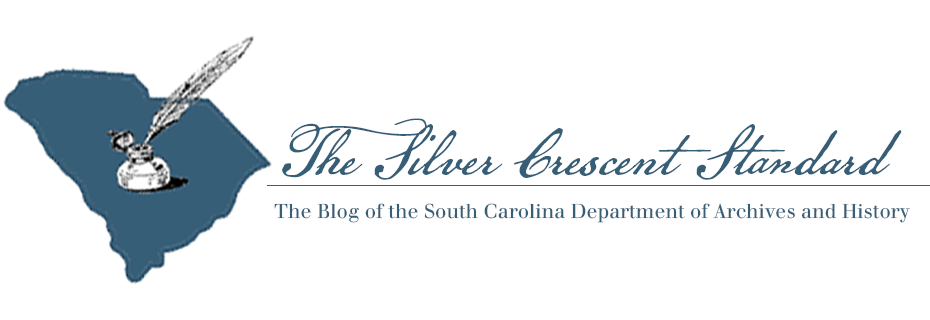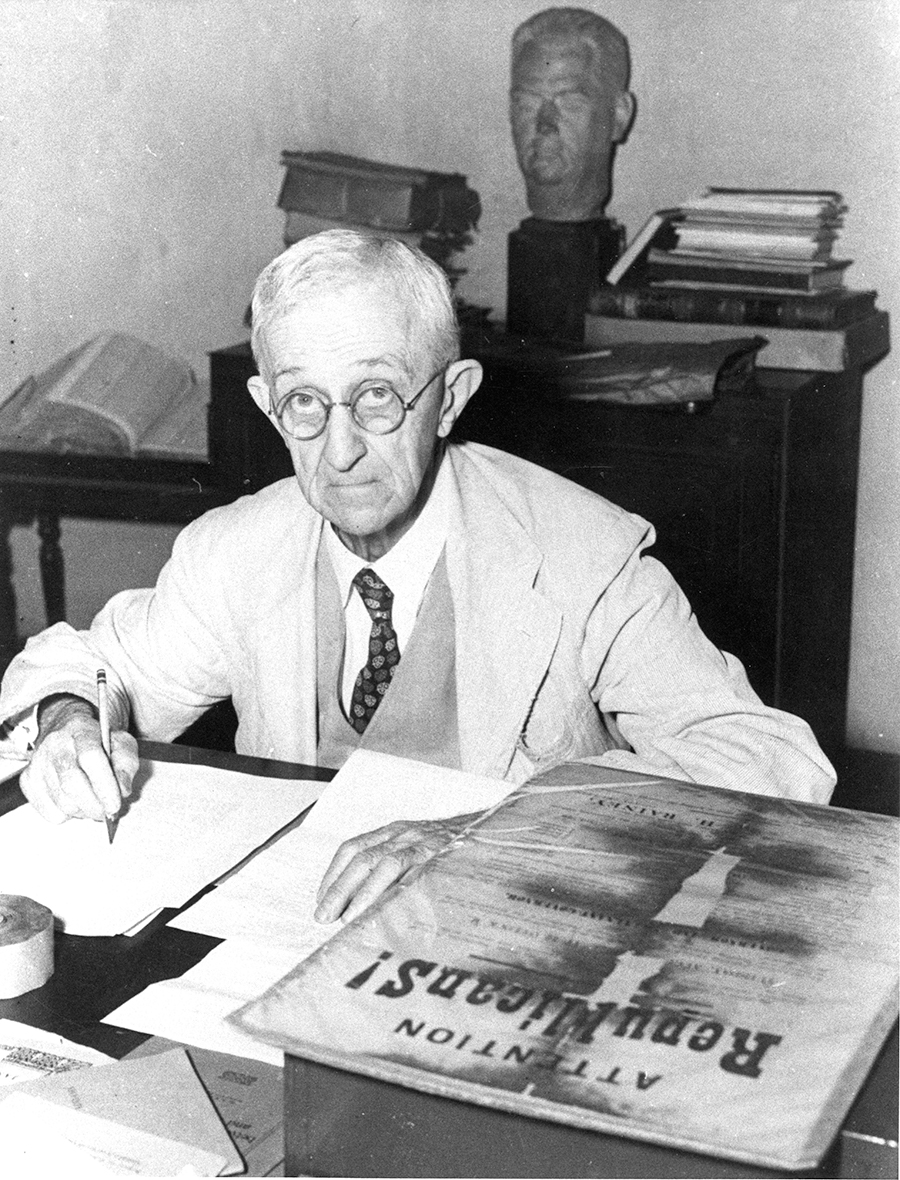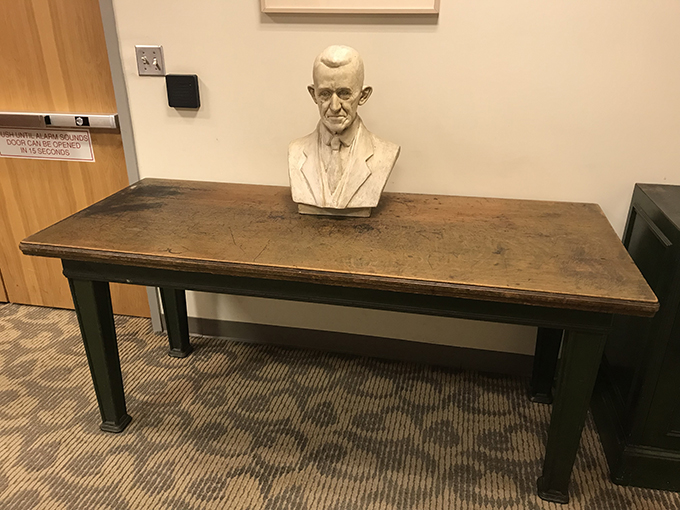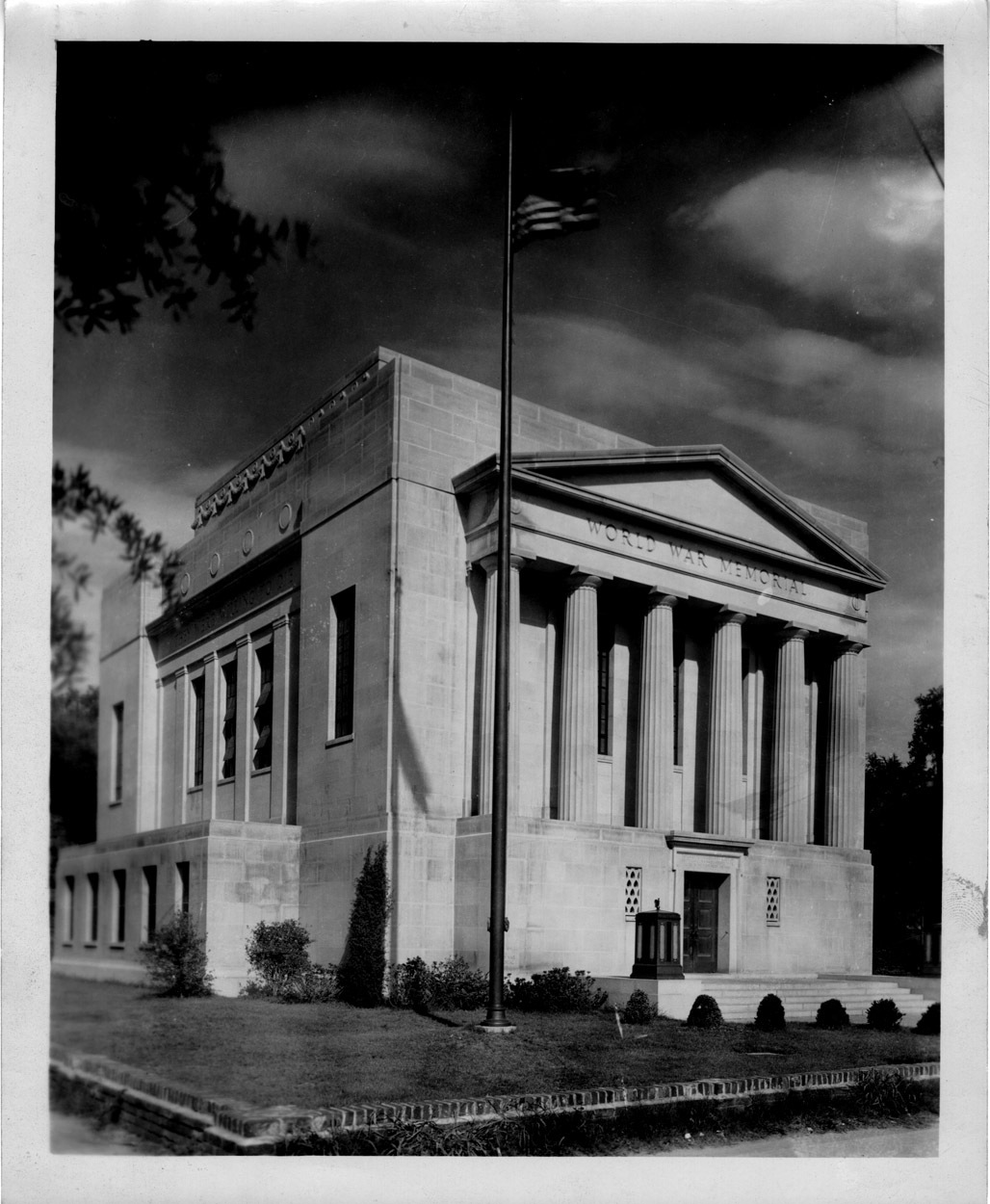
A Blog Post by Kathryn Slover
Today we begin our “Meet the Staff” blog series. Each month we will introduce a new staff member from the South Carolina Department of Archives and History (SCDAH). We will explain their role in the agency and how they work to preserve South Carolina history. To kick off our meet the staff series we want to introduce you to the first staff member of what is now the SCDAH, Alexander Samuel Salley.

Preserving Historic Records in South Carolina
Although South Carolina’s documentary heritage has always been important to the state, the General Assembly did not create a Public Records Commission until 1891. It was replaced by a law creating the Historical Commission in 1894. Both commissions worked to collect, arrange, and preserve state government records in South Carolina, but due to lack of funding they were not able to accomplish as much as they would have liked. In 1905, the legislature made the Historical Commission of the State of South Carolina (now SCDAH) responsible for the state's archives and authorized it to hire a full-time secretary to take custody of the non-current government records that were dispersed throughout the State House. Alexander Salley was instrumental in the reorganization of the Historical Commission and began 44 years of service as the Commission’s secretary in 1905.
Salley’s Early Life
Alexander Salley was born in Orangeburg, South Carolina in 1871. He graduated from the Citadel in 1892 and gained admission to the South Carolina Bar in 1899. He was interested in history and while working at the News and Courier in Charleston he also researched historical records and wrote about South Carolina history. Before working for the Historical Commission, Salley served as secretary, treasurer, and librarian for the South Carolina Historical Society beginning in 1899. While working at the Historical Society, he wrote for the South Carolina Historical and Genealogical Magazine and wrote a weekly “Historical Department” for the Sunday News. He published abstracts of historic documents and also wrote pieces advocating for a state archive. His activism was crucial to the preservation of historic government records in South Carolina.
Salley’s Work at the Historical Commission
When Mr. Salley took the position with the Historical Commission in 1905, South Carolina’s historical state records were in poor condition. He made great efforts to arrange and preserve a large amount of the early records. Salley’s first priority was to arrange, index, and publish records of the American Revolution, rolls of the state’s Confederate soldiers, and legislative journals. These records are still used frequently by researchers at the SCDAH. Salley published about seventy volumes in addition to a number of pamphlets on South Carolina history. For many years he was the only staff member and worked out of two small rooms in the State House to collect and arrange records that had been left in complete disorder. The General Assembly approved funds for the salary of an Assistant Secretary who was hired in 1924. A third staff member was added in 1936 and at the time of his retirement in 1949, the archives had 6 full time staff members.

Mr. Sally currently in the reference room at the SC Archives and History Center
The World War Memorial Building
Salley was essential in securing a building for the state archival repository. The two rooms in the State House quickly filled up and after taking up several more rooms in the basement of the State House, a new space was needed. In 1919, Governor Richard Manning proposed the construction of a memorial building to honor South Carolina soldiers from World War I. The legislature created two memorial commissions to erect buildings in Columbia and Orangeburg. Salley suggested that the Columbia War Memorial Building also be used as the state archives building. In 1925 he persuaded the commission for the Columbia building to agree that custody of their building when completed be given to the Historical Commission. The Orangeburg memorial was never built and raising funds for the Columbia memorial proved to be a difficult task during the Depression, but Salley worked tirelessly to help raise the funds. He even gained authorization from the legislature to sell a receipt signed by Thomas Lynch, Jr. to raise funds for the War Memorial Building. Lynch’s signature is one of the rarest of the signers of the Declaration of Independence so this sale gained national attention. After years of effort, the memorial was built at the corner of Pendleton and Sumter Streets. The Historical Commission moved into the building in November 1935.

The Legacy of A.S. Salley
After serving in his position for nearly 45 years Salley retired in 1949. He was known not only for the work he did with historic records, but also the immense knowledge he had of South Carolina history. He was passionate about the subject and worked to ensure its preservation. Alexander Samuel Salley’s advocacy for the preservation of historic records was essential to the creation and the survival of the state archives in South Carolina.
Additional Resources:
Copp, Roberta VH. South Carolina Encyclopedia. Last modified October 25, 2016. http://www.scencyclopedia.org/sce/entries/salley-alexander-samuel/
Oliphant, Mary C. Simms. The Works of A.S. Salley: A Descriptive Bibliography. 1949. (Available in the SC Archives and History Center reference room)
Simpson, Robert Reynolds. “The Origin of State Departments of Archives and History in the South.” PhD diss., University of Mississippi, 1971
